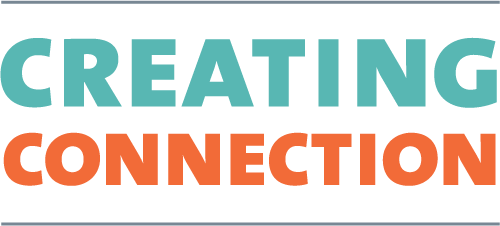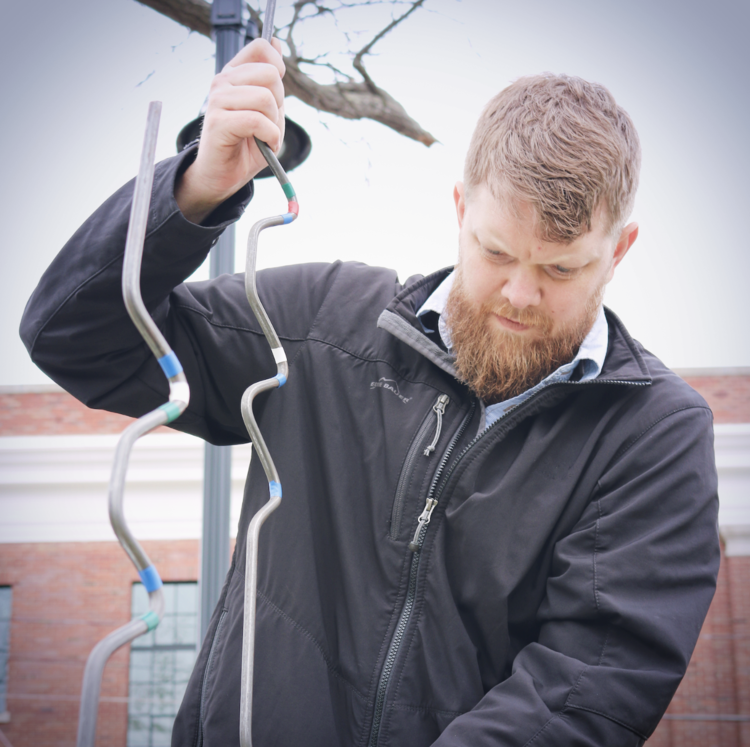In the United States a person’s zip code is often the most significant determinant for life expectancy, due in part to policies such as redlining that purposefully segregated and denied services to residents of specific, often racially associated, neighborhoods or communities.
Project HEAL, a community health initiative created by Kentucky-based “cultural innovators” IDEAS xLab, is testing arts and creative expression as solutions to address these systemic health disparities.
Early Examples
There are already promising signs that creativity is helping residents transform their communities and develop solutions to their community health needs:
Hero+Shero Journeys Project is using artist-developed curriculum and projects to teach students about civic engagement and policy change.
One Poem At A Time, a project designed to help people envision a community without predatory advertising, has replaced over 20 billboards since April 2017.
Signs of Success
The potential impact of these projects is outlined in a Health Impact Assessment*, which looks at how Project HEAL may help to decrease social isolation, improve social cohesion, positively impact health equity, and improve social emotional skills in youth, among other determinants.
Dig into more examples of how Project HEAL is using connection, social justice, and the arts to ensure that communities are caring for and celebrating one another. And learn more about how these ideas can be replicated in your community.
* The Health Impact Assessment report is authored by the Louisville Metro Department of Health and Wellness, IDEAS xLab, and the Commonwealth Institute of Kentucky, with additional support from the Health Impact Project - a collaboration of the Robert Wood Johnson Foundation and The Pew Charitable Trusts, with funding from the Kresge Foundation.
Part of the Hero+Shero Journeys Project, Canadian Artist Dominique Paul (pictured here) created the Air Quality Dress using an AirBeam (air quality monitor) to visualize surrounding air quality through LED lights worn as part of her handmade wearable art piece.
The IDEAS xLab artist as corporate innovator prototype supported by the NEA gave artists like Jakub Szczesny (pictured here) more than 6 months to design a unique project with GE’s FirstBuild. IDEAS xLab’s artist engagement with FirstBuild that facilitated a collaboration between community artists and other sectors to enhance wellbeing was named one of the 2015 TOP 10 Business-Arts Partnerships in the U.S. by Americans for the Arts. This series of artist engagements informed and supported the development of Project HEAL.
One Poem At A Time has replaced over 20 billboards since April 2017.
“..Just as lead puts a chemical toxin into the environment, negative, concentrated outdoor advertising can put a social toxin into the environment based on the content it promotes. This is our 3rd campaign to lift up an intergenerational set of faces and voices who represent the positive aspects of our neighborhood and remind people that ‘Smoketown is worthy!’” (Josh Miller, Chief Operating Officer & Co-Founder, IDEAS XLab)
Designed by artist Andrew Cozzens, Smoketown Life|Line Project, creates metal rods to represent the “lifelines” of residents. The height represents the age of each individual and each bend and colored band indicate the timeline and type of trauma (incarceration, addiction, illness) individuals in Smoketown have experienced throughout their lives.
(Banner image by Tyrone Turner, courtesy of the Robert Wood Johnson Foundation; All other photos are courtesy of Project HEAL).





